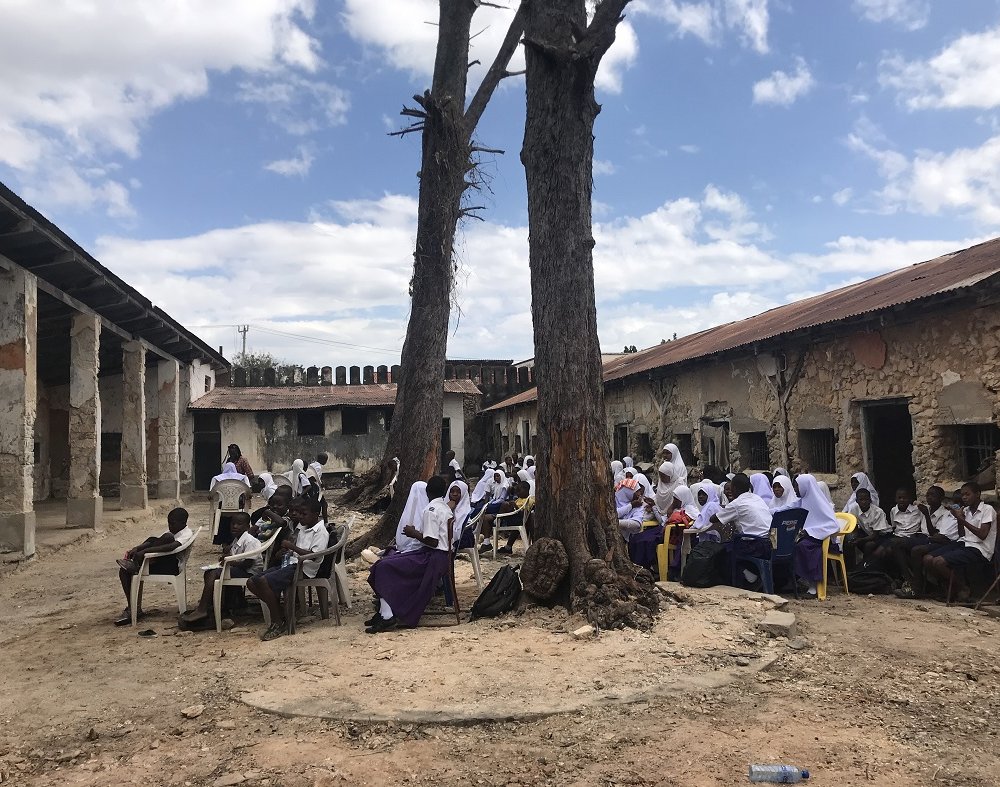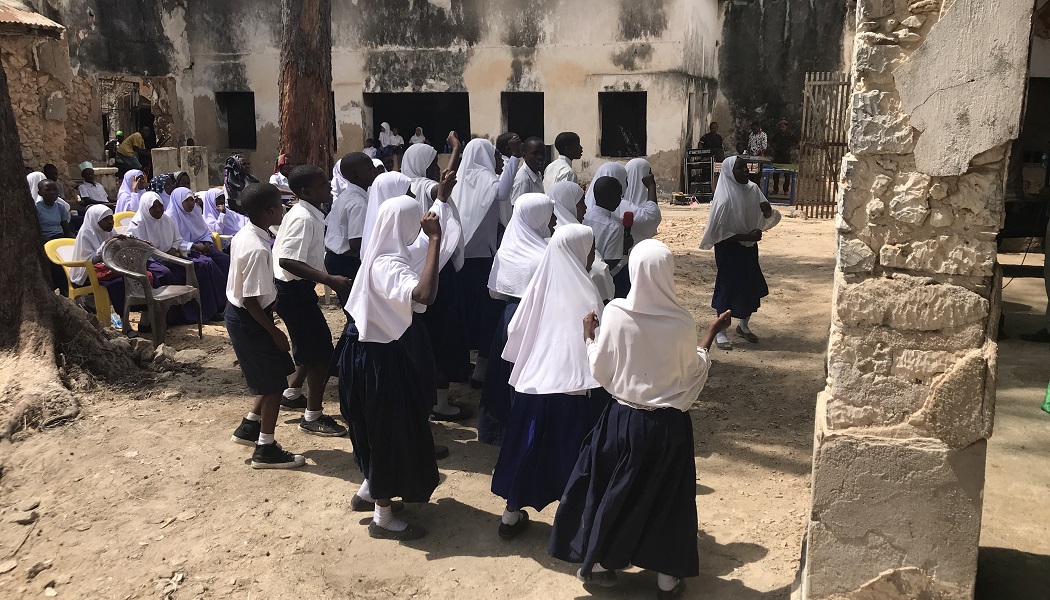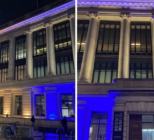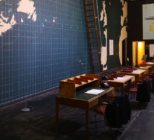Imagining Futures through Un/Archived Pasts is a four-year venture funded to the tune of £2 million by the Arts and Humanities Research Council. The project will establish an interdisciplinary network of creators and institutions across Africa, the Middle East, North America and Europe.
The project will explore the question of who in society gets to determine what is remembered and how, with key focuses being on the importance of co-existing narratives and working to activate archives, archaeological sites, galleries, libraries and museums.
“We want to expose the power which comes with being part of deciding what pasts remain into the future,” explains project co-ordinator Professor Elena Isayev. “We also want to work with reconstruction and humanitarian projects, to ensure that practices do not create further vulnerabilities – for example through over-writing histories and trauma, or creating further displacements.”

Imagining Futures through Un/Archived Pasts follows on from a pilot stage of the project in Tanzania which examined resistance against German colonialism between 1904-08.
“Memory is central to cultural identity and questions of whose story continues to be told become acute in moments of post-conflict, displacement and reconstruction; any peacebuilding initiative must emphasise local memory and work to protect archives, monuments, museums, and archaeological sites,” says Dr Peter Campbell, lecturer in Cultural Heritage Under Threat at Cranfield Forensic Institute and one of the project’s co-ordinators.
Discussing the initiative’s aims, Campbell explains that the team will be working with partners in refugee camps and nations including Lebanon, Tanzania and Ghana to identify ways of activating existing archives and developing new archiving methods by awarding a total of £800,000 in Global Challenges Research Fund grants.
Work throughout the first half of the decade will seek to establish exploratory labs and commissioned projects, the creation of new archives, reading existing archives against the grain, and rethinking sites of memory and what their activation or de-activation means for a society’s shared culture.










